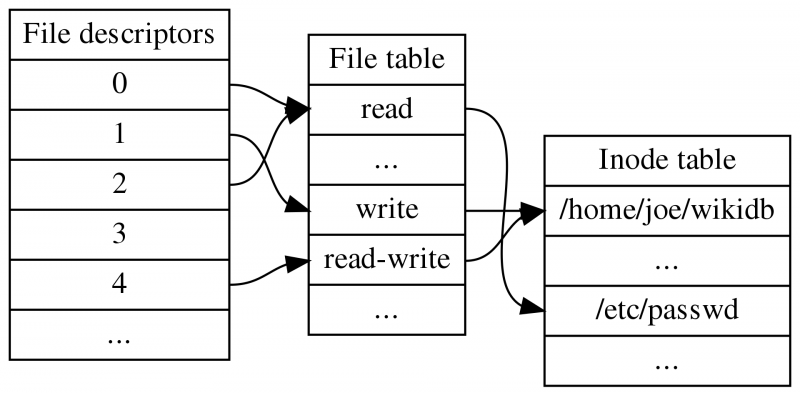Free up space after removing log file in Linux

There were so many times that I faced this situation where we simply removing (rm command) log files while the service is still running. What is happening here? Well, the process still uses that file to write the logs, that means the process won’t release the file until it gets the signal like what rsyslog does.
Here is the example, I deleted a huge log file, let’s say, /var/log/service/service.log, now I figured out that the disk space did not change. That’s the main reason I mentioned earlier.
narbeh@nsrv:~$ df -h
Filesystem Size Used Avail Use% Mounted on
udev 3.7G 0 3.7G 0% /dev
tmpfs 760M 9.7M 750M 2% /run
/dev/sda6 50G 44G 0G 100% /
tmpfs 3.8G 573M 3.2G 16% /dev/shm
Solution
Mostly you won’t be able to restart the service as it might be on a production server or such, but how can we send the signal to the process to release the deleted file without restarting?
Let’s first list the deleted files in the system using lsof +L1 command:
narbeh@nsrv:~$ lsof +L1
COMMAND PID USER FD TYPE DEVICE SIZE/OFF NLINK NODE NAME
upstart 2014 narbeh 10w REG 0,43 217 0 1311608 /home/narbeh/.cache/upstart/window-stack-bridge.log.1 (deleted)
upstart 2014 narbeh 27w REG 0,43 271 0 1313368 /home/narbeh/.cache/upstart/indicator-application.log.1 (deleted)
upstart 2014 narbeh 30w REG 0,43 127 0 1316997 /home/narbeh/.cache/upstart/indicator-printers.log.1 (deleted)
service 4992 narbeh 26u REG 0,43 777123 0 1297 /var/log/service/service.log (deleted)
slack 2589 narbeh 64r REG 0,21 131072 0 27 /dev/shm/.org.chromium.Chromium.UCc5KW (deleted)
slack 2589 narbeh 66u REG 0,21 4 0 30 /dev/shm/.org.chromium.Chromium.h0CMmn (deleted)
slack 2589 narbeh 76u REG 0,21 144 0 29 /dev/shm/.org.chromium.Chromium.gdhogO (deleted)
slack 2589 narbeh 98u REG 0,21 144 0 34 /dev/shm/.org.chromium.Chromium.vGJjlf (deleted)
slack 2881 narbeh 22u REG 0,21 4 0 30 /dev/shm/.org.chromium.Chromium.h0CMmn (deleted)
Find your deleted file name in the NAME column or grep it. You can see the PID which here for my service is 4992. In addition, there is a column named FD which points to the number which you will find it under /proc/PID/fd/FD.
Go to /proc/PID and you will find a directory called fd there. FD stands for File Descriptor.
narbeh@nsrv:~$ ls -lh /proc/4992/fd/26
lrwx------ 1 narbeh narbeh 64 Apr 9 22:22 /proc/4992/fd/26 -> /var/log/service/service.log (deleted)
Now we’ve got the main file descriptor’s path. We can now truncate it while the service is still using it:
narbeh@nsrv:~$ cat /dev/null > /proc/4992/fd/26
Prevention
If you are using logrotate, it will gracefully send the signal while rotating, but if you need to do it fast, just use the last command and /dev/null or simply run echo > LOG_FILE instead of removing it.
Read more about file descriptors
